8 Ply Tires vs 10 Ply Tires
A tire ply rating is associated with tire strength and carrying capacity and was also used to communicate how many layers of cotton a tire has. As such, an 8-ply tire is one with 8 layers of cotton while a 10-ply tire is one with 10 layers of cotton. Thankfully, the modern tire industry is way past the point where the only way to strengthen a tire is to add additional cotton layers on top of it.
This is where load range kicks in as this metric is able to measure how durable a tire is no matter how it is constructed. Therefore, an 8-ply tire can now be referred to as a “D” load range tire while a 10-ply tire can now be referred to as an “F” load range tire. So, 8 ply tires vs 10 ply tires. D load range tires vs F load range tires?
8 Ply Tires VS 10 Ply Tires
As previously mentioned, an 8-ply tire is the same as a “D” load range tire which means that it can withstand up to 65psi of pressure at maximum weight while a 10-ply (“F” load range) tire can withstand up to 80psi at a maximum weight which in turn means that it can carry heavier loads.
These tires aren’t too dissimilar and the PSI differences aren’t exaggerated. Sure, a 10-ply tire should in theory be more durable and able to withstand more stresses associated with towing and hauling, but these also come with various drawbacks we are going to mention in this article.
Is Tire Ply Rating And Load Range The Same?
Yes, tire ply ratings and tire load range ratings serve the same exact purpose. The reason why load range was introduced is that it portrays a much clearer picture of how strong a tire is, no matter how many layers of cotton it is built from. As modern tires don’t rely on cotton for strength, it makes no sense to continue using tire ply ratings because they aren’t important anymore.
However, the general public still uses the ply rating system simply because most people believe that a higher ply rating is better, but that is not always the case. Now we are going to show you how tire ply ratings compare to tire load range ratings so you can get a clearer picture of all the differences.
LT-Flotation, LT-Metric, and LT-Numeric Light Tires:
| Load Range | Ply Rating | Abbreviated | Maximum Load Pressure
under 295mm / 11.5″ wide | Maximum Load Pressure over 295mm / 11.5″ wide |
| B | 4 | B | 35 psi (240 kPa)*** | |
| C | 6 | C | 50 psi (350 kPa)*** | 35 psi (240 kPa)*** |
| D | 8 | D | 65 psi (450 kPa)*** | 50 psi (350 kPa)*** |
| E | 10 | E | 80 psi (550 kPa)*** | 65 psi (450 kPa)*** |
| F | 12 | F | 95 psi (650 kPa)*** | 80 psi (550 kPa)*** |
What Are The Benefits Of 8 Ply Tires?
- Performance
- Costs
- Comfort
- Fuel Economy
- Road Noise
Do 8 Ply Tires Perform Better Than 10 Ply Tires?
The lower the ply rating (load range), the easier it is for the tire to change direction. Moreover, tires with a lower ply rating also tend to be lighter which further makes them more agile. The logic behind this is simple as there is more weight that needs to be directed thus making the tire more responsive as a whole.
This is why you will never get high ply ratings on sports car tires. A higher ply rating also makes the tire stiffer which can in some ways enhance performance. However, the fact that sports car tires typically tend to expand while at temperature means that an 85psi tire is going to be even stiffer, often too stiff.
Are 8 Ply Tires Cheaper Than 10 Ply Tires?
A tire ply rating does not necessarily correspond with the price tag, but in most cases, a higher tire ply rating comes with a higher price. A higher psi rating means that the tire is able to hold more air in without compromising the structural integrity of the tire. This is achieved through research and development which costs money.
Therefore, an 8-ply tire is usually cheaper than a 10-ply tire. You need to keep in mind that many direct and indirect factors influence how expensive a specific tire is, but if we were to compare exact tires with different ply ratings, the higher the rating, the higher the price.
Are 8 Ply Tires More Comfortable Than 10 Ply Tires?
One way to achieve a higher ply rating is to use a stiffer rubber compound that is able to withstand higher psi levels. As such, an 8-ply tire uses a softer compound as opposed to a 10-ply tire which makes the 8-ply tire more comfortable. This difference is not massive, but it can definitely be felt if you drive these tires two back-to-back.
The difference is even more noticeable at higher speeds which means that those who tend to spend the majority of their driving time on the highway are likely going to prefer 8-ply tires.
Are 8 Ply Tires More Efficient Than 10 Ply Tires?
A 10-ply tire tends to be heavier than an 8-ply tire which means that more force is needed to get it going. The general rule of thumb is: The higher the rolling resistance, the more fuel is needed to push the tire. Even though these differences aren’t massive, you are going to notice the difference in the long run.
What Are The Benefits Of 10 Ply Tires?
- Better for hauling
- Better for towing
- More durable
- Better commercial tire
Are 10 Ply Tires Better For Hauling Than 8 Ply Tires?
Yes, a 10-ply tire is designed with better hauling capabilities in mind which means that a 10-ply tire is a level above an 8-ply rated tire. Even if both 8-ply and 10-ply tires are more than enough for your needs psi-wise, a 10-ply tire is going to stabilize the load much better which means that the car/truck is going to feel more stable at virtually every speed.
Are 10 Ply Tires Better For Towing Than 8 Ply Tires?
Yes, they are. No matter the load, no matter the object, a higher tire ply rating is always going to be more capable when it comes to towing. Better towing and hauling capabilities are the two main reasons why people choose tires with a higher ply rating, even if they are aware these come with quite a few drawbacks.
Are 10 Ply Tires More Durable Than 8 Ply Tires?
Many different factors influence how durable and capable a tire is, but if we were to compare two same tires with different ply ratings, the one with the higher rating should be the more durable one. As previously stated, an 8-ply tire can carry maximum loads at 65psi while a 10-ply tire can carry maximum loads at 85psi. This can also play a huge role in urban environments as well because a 10-ply tire should be able to withstand curb impacts a lot better.
Can A 10-Ply Tire Carry More Weight Than An 8-Ply Tire?
A 10-ply tire should be able to carry about a few hundred pounds more weight than an 8-ply tire because you can increase your overall weight capacity in two different ways. The first one is to increase the maximum psi levels a tire can take which inherently means that the tire with the higher psi rating is also the one capable of carrying heavier loads.
The second one is to simply go big and get a larger tire. This way you will not have to inflate your tires all that much to achieve a higher loading capacity. The available weight can be more evenly distributed across the entire tire which is why even wider tires with the same load range can carry more weight than narrower tires.
Should I Buy An 8 Ply Or A 10 Ply Tire?
The easiest and best way to choose which one of these two is better for you is to compare all the drawbacks and benefits carefully. An 8-ply tire is more usable on a day-to-day basis because it is more comfortable, more efficient, more responsive, and also tends to be cheaper. On the other hand, a 10-ply tire is better at hauling, towing, and can simply withstand more stresses.
It is worth mentioning that most people who go for higher ply-rated tires are those who use their trucks for work purposes. Tires with a higher ply rating can typically be seen on trailers which tend to carry really heavy loads. Both 8 and 10-ply tires reside in the middle of the pack which means that they are capable, but still fairly civilized.
Conclusion
At the end of our “8 ply tires vs 10 ply tires” article, we can easily see that the devil is in the details. For most people who use their cars for typical daily driving, an 8-ply tire is always going to be the better choice. However, if you often tow or haul heavier loads, you are going to appreciate 10-ply tires more.
Moreover, a 10-ply tire tends to be more durable which is a good thing if you tend to spend lots of time on a construction site or other tricky environments.
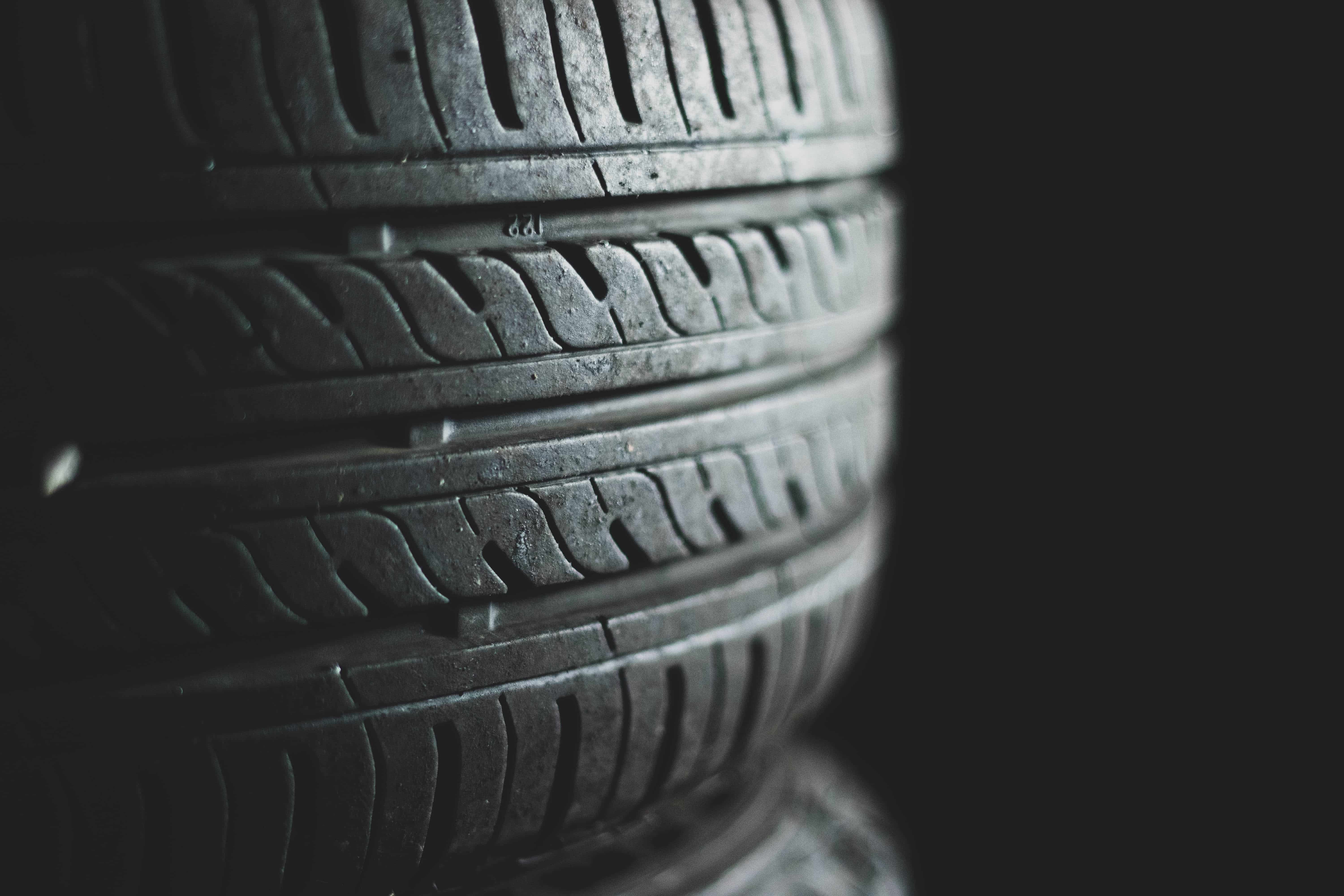
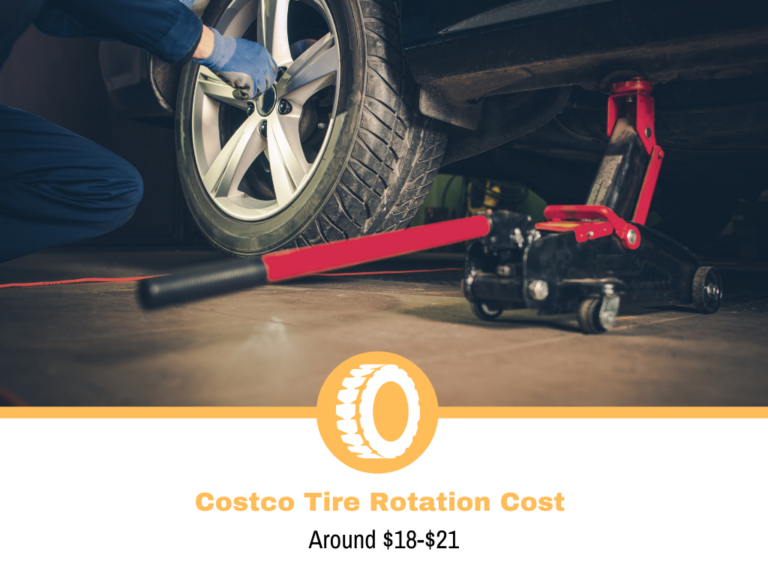
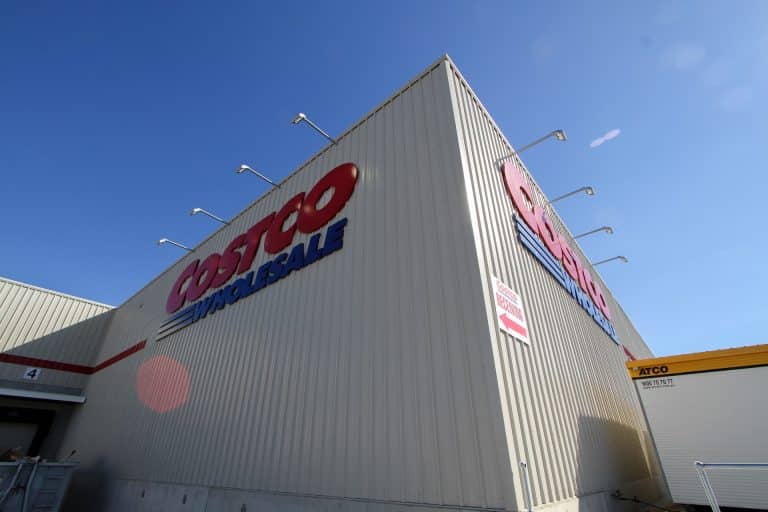
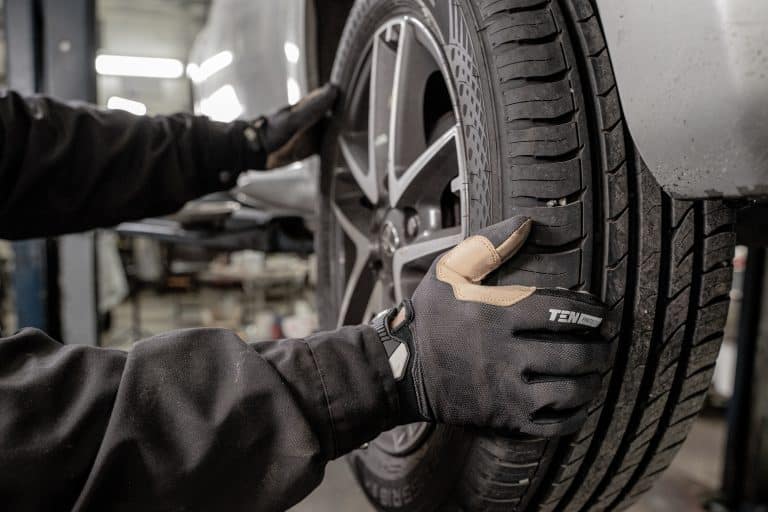
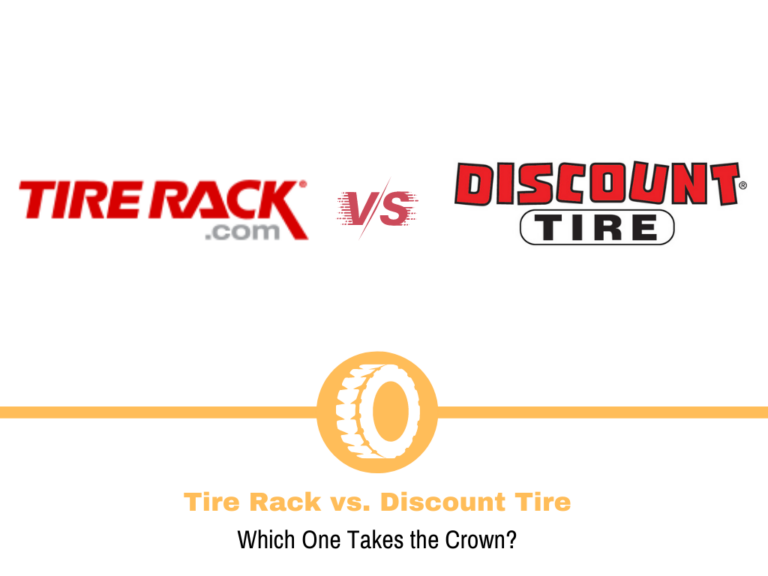
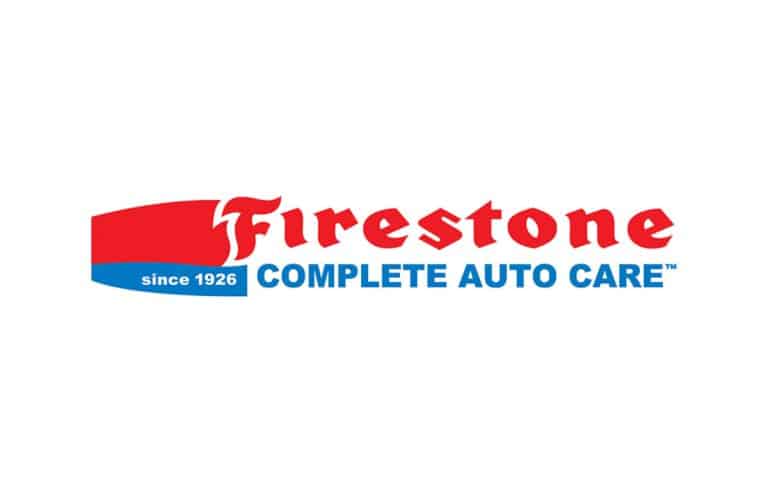
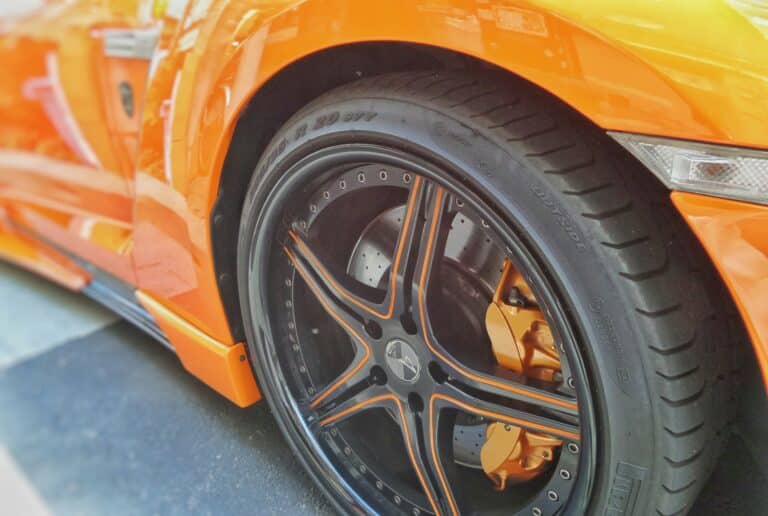
I have a Lance camper trailer that weighs around 4,000# fully loaded… I’m towing it with a V8 Grand Cherokee… I like to boondock on gravel and unpaved roads when I go camping… I’m still not sure if I should buy 8ply or 10ply trailer tires… Your article was informative, but it was pointed at construction trailers mostly – that are heavier…
Thanks for a great article that explains everything I wanted to know about tire ratings.
Now I am going to check the total weight of my camper and its load.
Regards
This did really help me decide what size ply tire I would need for just my day to day travel around town, etc. Thank you for breaking it down in this article.